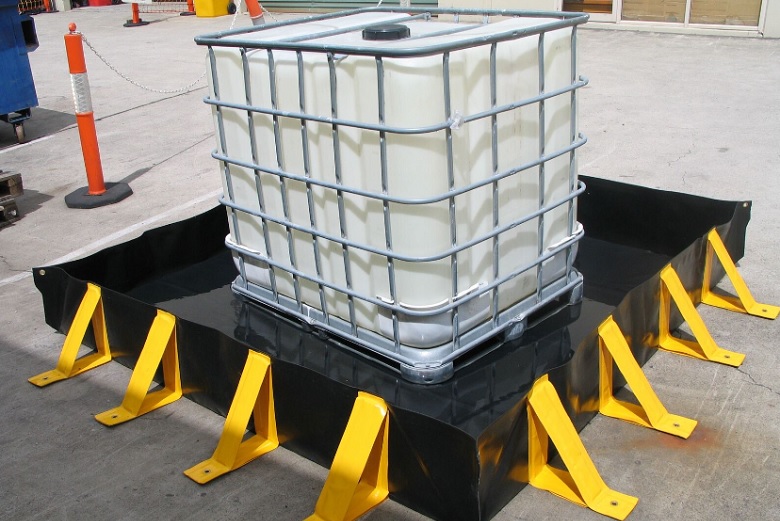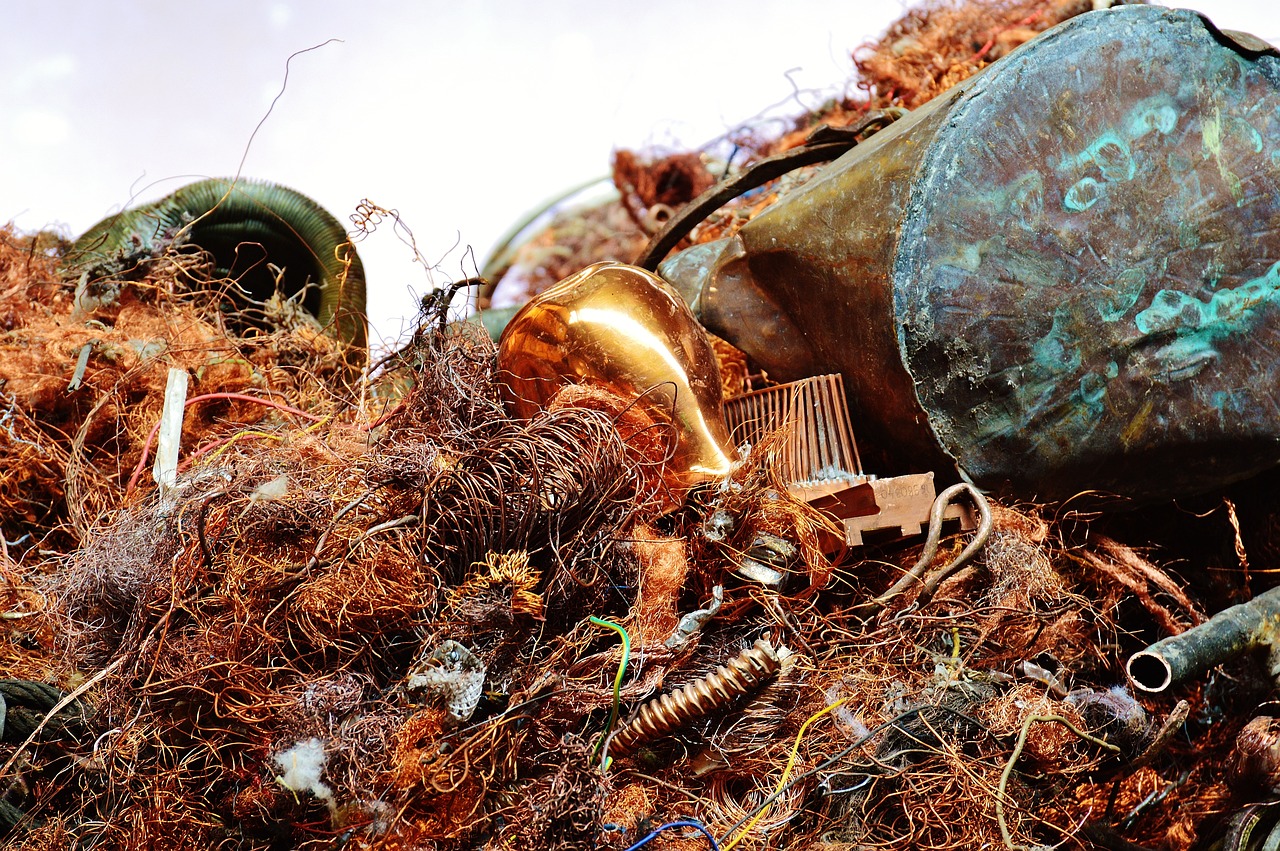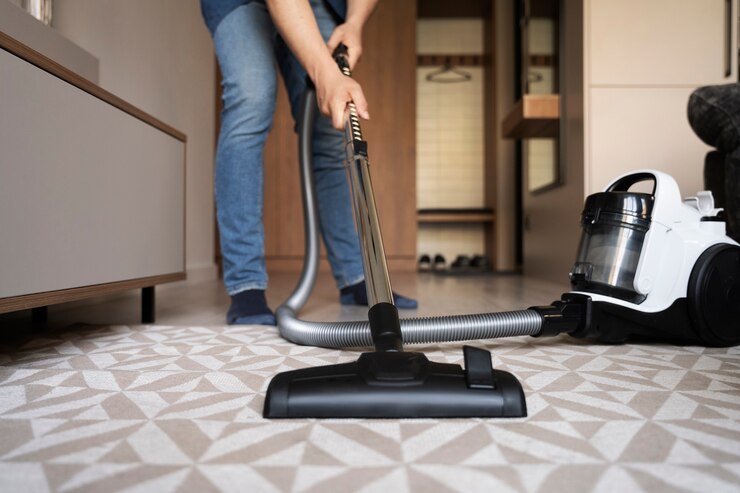If your workplace’s flooring is flat without any barriers, a hazardous spill can spread quickly, putting your workers, equipment, facilities and the environment in danger. This issue can escalate further than you ever expected and turn into serious injuries, accidents and also into legal fines depending on your local legislation.
This is why many workplaces that store, transport or use hazardous materials take the time to install barriers to limit the spread of liquids during accidental spills. These structures are known as bunding and are a part of regular spill containment equipment legally required to be used by businesses in Australia.
If you’re new to the world of bunding, here are the basics.
What is Bunding?
Bunding is a mounting retaining barrier that is fixed to the floor and has a low profile. It is low enough that workers and industrial vehicles can easily pass over it to deal with the spill and work unrestrained in general while still being tall enough to contain the largest spill that could occur in the area.
With these requirements in mind, it’s easy to say that bunding shouldn’t be a problem or stop work from going as planned. Both maximum working efficiency and spill containment capabilities are guaranteed by the design of the bund, and your choice of which bund to use.
How Does Bunding Work?
Bunding is the factor that stops the spilt liquid from leaving the spill-managed area. The liquid will literally stop spreading throughout the room and settle in the bunded containment area.
Bunding ensures worker and environmental safety and compliance by keeping the spill in a contained area, allowing for easy access and a coordinated response to the spill. Bunding can also play a role in machine and vehicle management by preventing the uncontrolled spread of oil leaks or hazardous water runoff during vehicle washing and maintenance with customised bunding.
Where To Get Bunding?
If you need bunding, Spill Station Australia is your premiere choice. They carry a wide variety of bunding products, with quality managed every step of the way. They can handle everything from the risk assessment of your workplace to bringing the bunding and installing it also. Learn more about Spill Station if you want the best bunding for your workplace.
How Many Types of Bunding Are there?
There are many different types of bunding on the market, and each one is made to satisfy a different set of customers’ needs and each has different applications. Despite this, each bunding type has the same type of overall purpose (to contain spills), but the specifications alter between each type.
Here are the main types of bunding used in Australian workplaces.
Bunded pallets: These are great for placing under drums and can be stacked for transportation or storage.
Portable bunding: this type of bunding can be used for any needs that require them to be put up quickly and efficiently.
Rubber floor bunding: This is suitable for areas where vehicles require access to the bunded area without impeding movement.
Temporary bunding: This is a short-term solution to deal with spills and is made of PVC and is easy to assemble.




